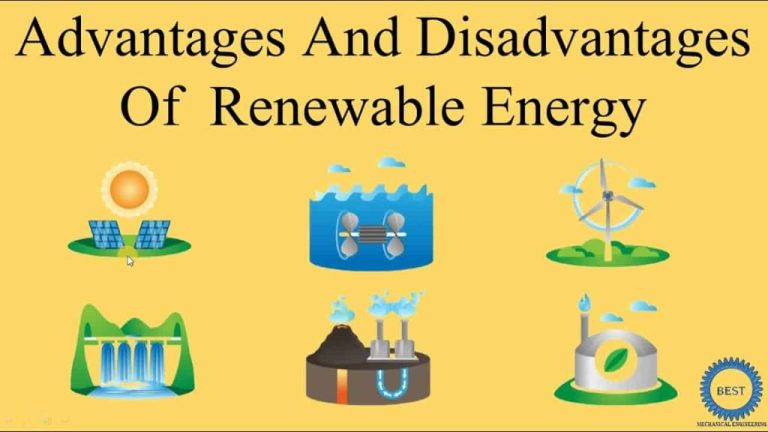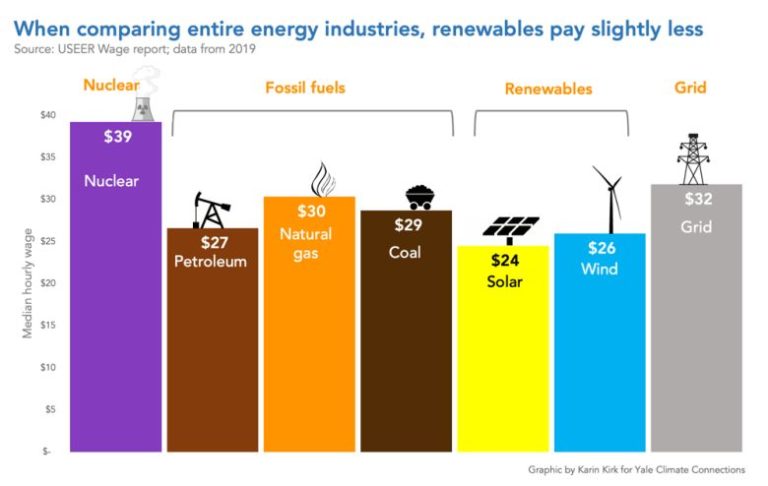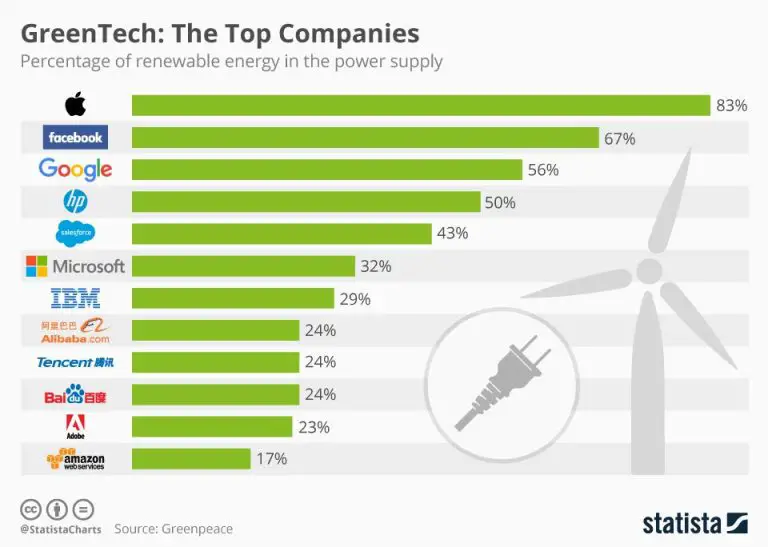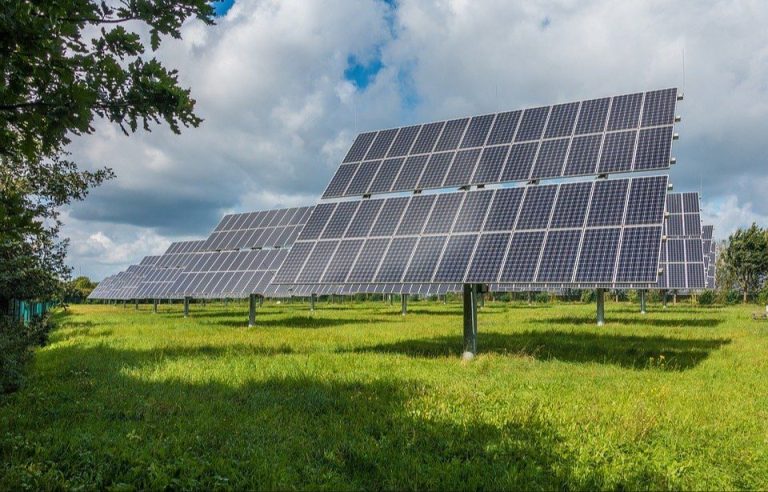Why Is Green Energy Not The Answer?
Fossil fuels remain dominant
Fossil fuels continue to meet more than 80% of the world’s energy needs despite growth in renewable energy. According to the International Energy Agency (IEA), fossil fuels accounted for 80% of total primary energy supply in 2021, with oil making up 31%, natural gas 24%, and coal 27% (IEA). This is only a slight decrease from 2019 levels when fossil fuels accounted for 84% of global energy production (S&P Global).
Several factors contribute to the continued dominance of fossil fuels. They remain abundant and cheap compared to renewable energy in most parts of the world. Existing infrastructure also favors fossil fuels – power plants, vehicles, transmission lines, and more are built around them. Finally, the high reliability and energy density of fossil fuels makes it challenging to transition grids to intermittent renewables like solar and wind.
High costs and subsidies
While costs for renewable energy technologies have declined substantially over the last decade, the high upfront capital costs for building large-scale renewable energy projects remain a barrier (Renewables: Cheapest form of power). Installing solar panels or building a wind farm requires significant initial investments in equipment, construction, and transmission infrastructure. According to IRENA, the global weighted average investment cost for solar PV projects commissioned in 2021 was around $830 per kW, compared to just $1,150-$1,500 per kW for gas plants (Renewable Power Remains Cost-Competitive amid Fossil Fuel Crisis).
While renewable energy costs have fallen, subsidies and tax incentives are still often required to accelerate deployment and allow renewables to compete with conventional energy sources. For example, federal tax credits have played a key role in the growth of wind and solar in the U.S. Ongoing subsidies add to the total costs of renewable energy over the long term. There are also concerns that high renewable energy penetrations could lead to higher electricity prices for consumers without subsidies.
Intermittency and storage
Two of the most common renewable energy sources, solar and wind power, suffer from intermittency issues. The sun doesn’t always shine and the wind doesn’t always blow when energy is needed most. This introduces major challenges for integrating high levels of solar and wind onto the grid compared to dispatchable sources like natural gas, coal, hydro or nuclear power.
Batteries can help smooth out short-term variability, but are not a panacea. As this Scientific American article points out, today’s lithium-ion batteries are expensive and limited in storage capacity. Pumped hydro provides larger scale long-duration storage, but requires specific terrain and has geographic constraints. New grid-scale storage technologies remain under development.
The intermittency of renewables can make it difficult to fully replace conventional power plants. Shortfalls in renewable generation at peak times carries the risk of brownouts or blackouts if sufficient dispatchable power is not also available. Large-scale deployment of solar and wind requires major investments in supporting transmission networks, load balancing, and backup generation.
Raw materials and supply chains
The renewable energy transition requires vast amounts of crucial minerals and metals. Lithium, nickel, cobalt, and manganese are needed for lithium-ion batteries used in electric vehicles and energy storage. Rare earth elements are also essential for electric vehicles and wind turbines. The International Energy Agency estimates clean energy technologies require six times more mineral resources than fossil fuel-based counterparts.
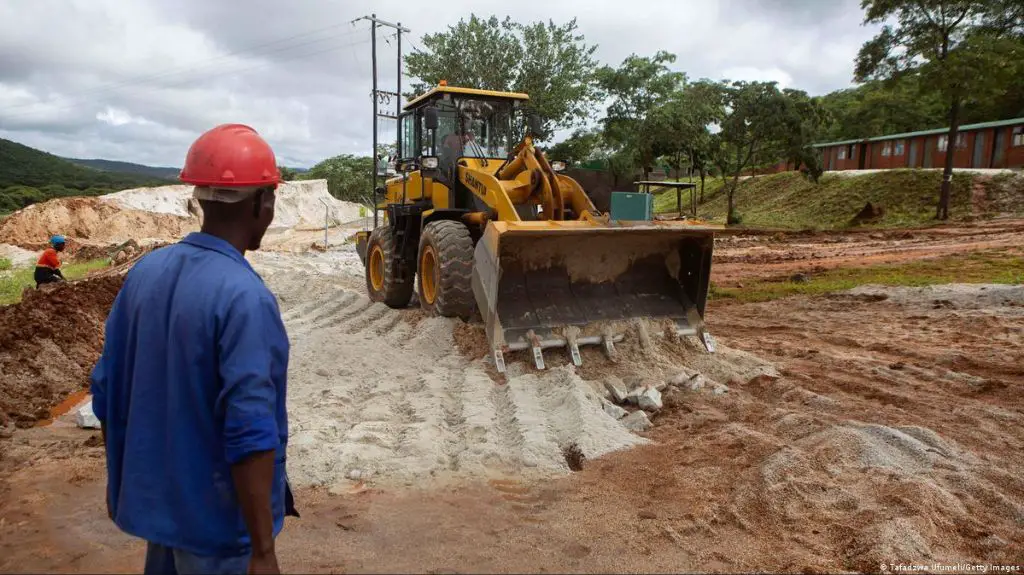
Many of these resources are geographically concentrated in just a few countries. As of 2018, the Democratic Republic of Congo produced over 70% of the world’s cobalt. China controls the vast majority of rare earth element refinement and mining. This creates potential supply chain risks and geopolitical tensions over access to critical minerals.
Increased mining to meet renewable energy demand has major environmental and social impacts. Lithium and cobalt mining can deplete local water resources in arid regions. Mining activities often displace communities and harm biodiversity. There are concerns about child labor and dangerous working conditions in cobalt mining in the Congo. Sustainable and ethical sourcing of materials will be a key challenge for the renewable transition.
Land use and environmental impacts
While renewable energy is often promoted as being environmentally friendly, large-scale renewable energy projects can still have significant impacts on land use and local environments.
Utility-scale wind and solar farms require large areas of land to capture diffuse wind and solar resources. For example, one estimate suggests a wind farm requires 360 times more land area than a natural gas plant per unit of electricity generated (https://www.energy.gov/eere/wind/environmental-impacts-and-siting-wind-projects).
Solar farms likewise need to cover significant ground area, with one estimate that a 1,000 MW solar farm requires around 8,900 acres (https://www.ucsusa.org/resources/environmental-impacts-renewable-energy-technologies). This can lead to habitat loss and fragmentation that impacts wildlife.
There are also aesthetic concerns, as residents may object to views being disrupted by large wind turbines or solar panels. Rooftop solar avoids land use change but creates issues like glare for pilots.
Careful siting, mitigation strategies, and community engagement can help address these challenges. But the large land footprint remains an inherent issue with harnessing diffuse renewable sources.
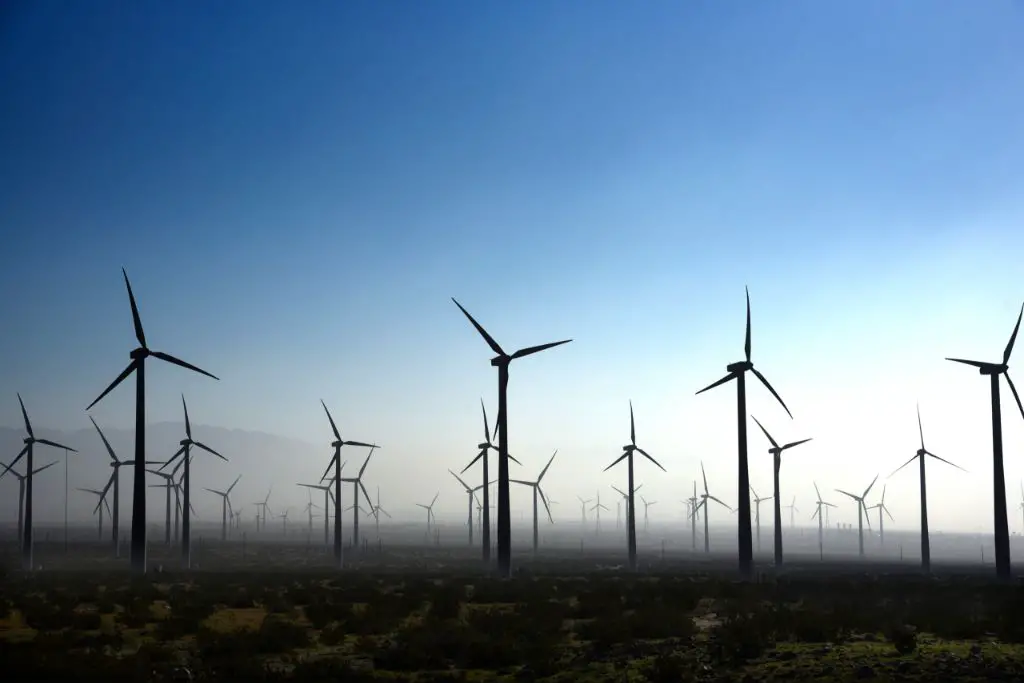
Transmission infrastructure needs
Significant investment in transmission infrastructure would be required to connect new renewable energy generation located far from population centers. According to a 2021 study by the American Action Forum, the estimated capital costs for new transmission construction range from $314 billion to $504 billion (source). A 2019 study by Lawrence Berkeley National Laboratory found that transmission capital costs can increase the levelized cost of renewable energy by 3-33% (source).
Building long-distance high voltage transmission lines poses feasibility challenges due to geographic barriers, rights of way issues, and permitting delays. For example, a proposed 730 mile transmission line to connect Wyoming wind power to California has faced opposition and lawsuits which have stalled the project (source). Streamlining the permitting process at federal and state levels could help enable necessary transmission projects.
Developing world energy needs
Billions of people around the world still lack access to reliable electricity. According to the U.N., around 770 million people, mostly in sub-Saharan Africa, lack electricity access and rely on harmful alternatives like kerosene lamps. Providing universal energy access by 2030 is a key sustainable development goal.
Fossil fuels like coal and natural gas often remain the cheapest and most reliable way for developing nations to rapidly scale up electricity generation. Renewables like solar and wind require large upfront investments in equipment and infrastructure that poorer countries struggle to mobilize. Intermittent solar and wind also require backup power sources, further increasing costs. Deploying renewable energy systems broadly is difficult for countries lacking technical expertise and with unreliable grids.
Given these challenges, many analysts argue that developing nations will continue using fossil fuels during their transition to cleaner energy systems. Pushing for an immediate transition to zero carbon could slow progress on energy access. More international aid and financing is needed to help deploy renewable energy across the developing world.
Nuclear power drawbacks
Nuclear energy has some significant drawbacks that limit its potential to replace fossil fuels and green energy sources.
Firstly, nuclear plants are incredibly expensive to build, costing billions of dollars for construction over 5-10 years before they start producing any power (source). This high initial cost is prohibitive, especially compared to renewable energy projects.
There are also safety concerns and risks of nuclear accidents, especially as reactors age. Accidents like Chernobyl and Fukushima highlighted the potential dangers and long-term consequences of radiation contamination (source). These worries about reactor safety and accidents turn public opinion against nuclear power in many countries.

Finally, nuclear energy produces hazardous radioactive waste that must be safely contained and isolated for thousands of years. There is still no permanent storage solution for this waste, which keeps accumulating at plants across the world.
Biofuels and biomass concerns
Biofuels and biomass energy have been promoted as “green” and renewable alternatives to fossil fuels, but they have significant drawbacks. One major concern is the competition with food production for arable land and crops. As reported by the EPA, “Although biofuels can reduce greenhouse gas emissions compared to fossil fuels, there are environment and resource concerns that need to be addressed with their continued use and production” (https://www.epa.gov/risk/biofuels-and-environment). Growing crops like corn and sugarcane for biofuel production means less land available for growing food. This can potentially lead to higher food prices and food scarcity issues.
Another problem with biofuels is their carbon and particulate emissions. When burned, biofuels do emit carbon dioxide and other pollutants. A 2014 study found that “the production and use of first generation biofuels such as biodiesel from vegetable oils and bioethanol from sugars or starches has substantial negative environmental consequences” (https://www.ncbi.nlm.nih.gov/pmc/articles/PMC4393053/). There are also concerns that biofuel and biomass energy may not scale sustainably to meet global energy needs without straining land and water resources.
No silver bullet solution
When evaluating future energy sources, it’s important to recognize there is no perfect or singular solution. Each energy source comes with its own mix of advantages and drawbacks. Renewables like solar and wind offer clean and abundant energy but face intermittency challenges. Nuclear provides steady baseload power but faces waste disposal and public perception issues. Fossil fuels are proven and reliable but polluting. Even energy efficiency and conservation have limits. Given these complex trade-offs, the energy mix of the future will likely involve a balanced combination of many sources. Rather than betting everything on a silver bullet, a diversity of energy options will be needed to match varied contexts and needs. The optimal future mix should emphasize low carbon sources but remain pragmatic regarding economic and technical constraints. Conservation and efficiency will play a crucial role in reducing overall demand growth. By pursuing multiple approaches, we can build a robust and resilient energy system for the future.

